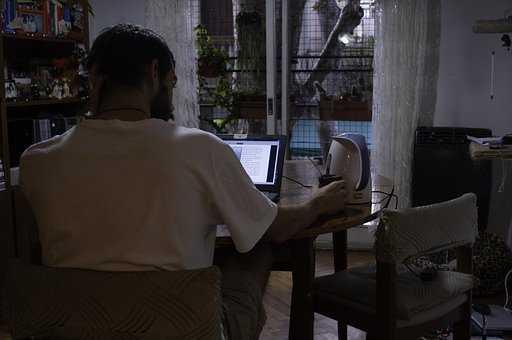How ‘weird’ schedules can help you get more done working remotely
Curated from: fastcompany.com
Ideas, facts & insights covering these topics:
5 ideas
·6.07K reads
12
Explore the World's Best Ideas
Join today and uncover 100+ curated journeys from 50+ topics. Unlock access to our mobile app with extensive features.
Flexibility with remote work
Usually, working from home is about flexibility. Every single person will have a different schedule, which will make them more productive.
235
1.86K reads
Early risers and night owls
- Early risers may work from 5 a.m. to 7 a.m., take a break to get kids sorted for school, then start work again at 8:30 a.m and be finished by 2:30 p.m.
- Some may sleep in and only start working around 10 a.m. They may stop at 3 p.m. and work again between 10 p.m and 1 a.m. when the house is quiet.
It's not always a matter of early versus late. Some people work longer hours on some days to give themselves a break on other days. It's all a matter of fitting work into your lifestyle and when you're most productive.
343
1.25K reads
Batching for productivity
Batching is a common productivity strategy - group similar tasks together so your brain doesn't tire with too much context switching.
For example, to break your day into three-to four-hour work sessions with two- to three-hour breaks or naps in between. That way, you can focus on specific tasks during each session.
351
1.06K reads
Once-off weird schedules
Not everyone follows unusual schedules all the time. Many work a standard 9 to 5. But working from home allows you to adjust your schedule on any given day.
220
952 reads
Keeping up with your colleagues
With all the flexibility comes the responsibility to keep your calendar up to date, so your coworkers will know when you're available.
As long as your changing schedule doesn't take a toll on you or your coworkers' productivity, it's a great way to create a healthy work-life balance.
224
940 reads
IDEAS CURATED BY
Always appreciate the time you get, because you never know how much longer it`ll last.
Brantley 's ideas are part of this journey:
Learn more about timemanagement with this collection
How to manage workplace stress
How to prioritize and make better decisions
How to learn anything fast
Related collections
Similar ideas
1 idea
How To Stop Being Lazy And Get More Done
bakadesuyo.com
9 ideas
Read & Learn
20x Faster
without
deepstash
with
deepstash
with
deepstash
Personalized microlearning
—
100+ Learning Journeys
—
Access to 200,000+ ideas
—
Access to the mobile app
—
Unlimited idea saving
—
—
Unlimited history
—
—
Unlimited listening to ideas
—
—
Downloading & offline access
—
—
Supercharge your mind with one idea per day
Enter your email and spend 1 minute every day to learn something new.
I agree to receive email updates

